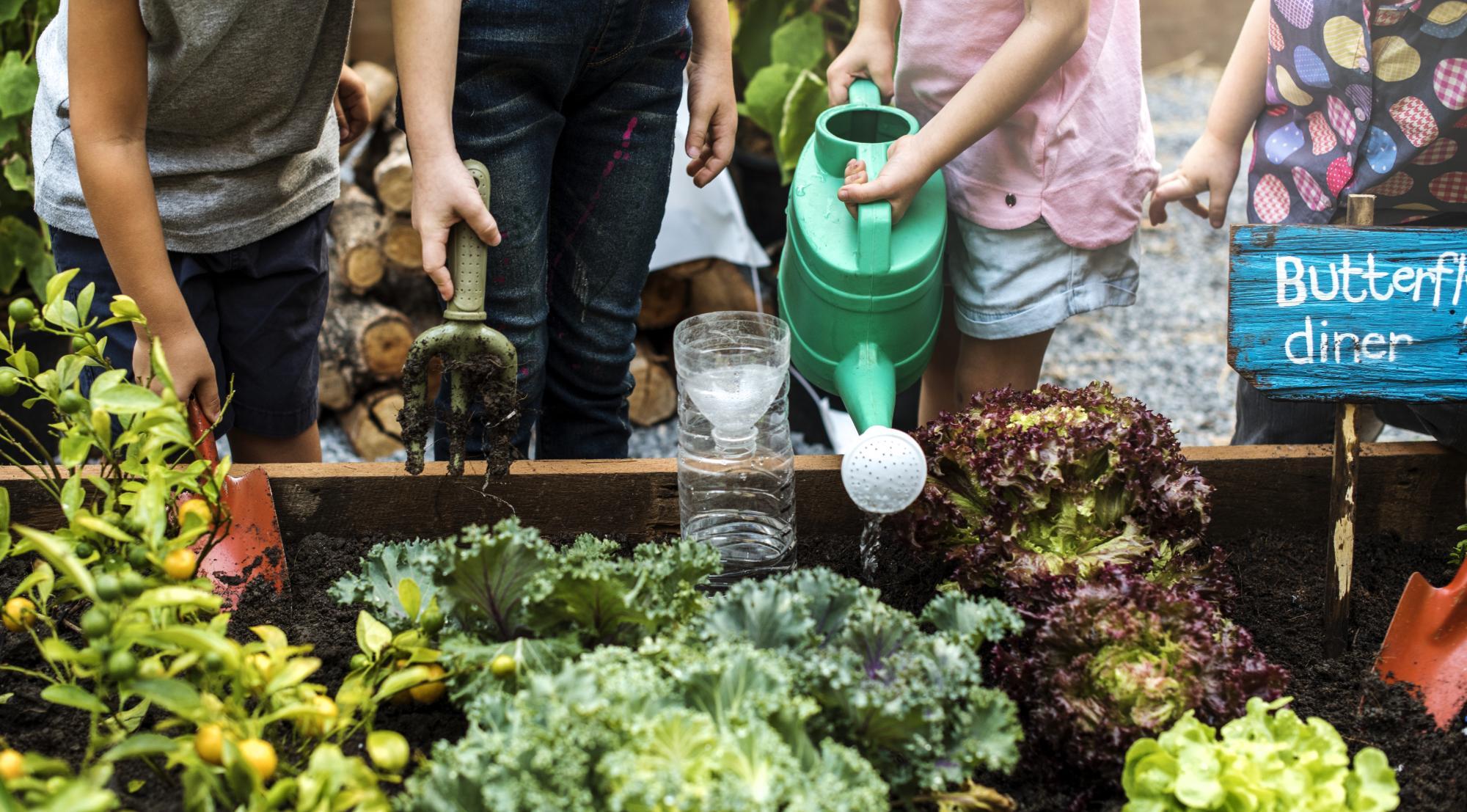
5 Schools Aiming for Zero Waste
Schools committed to zero waste are sprouting up from coast to coast. And they are doing some pretty incredible things for the environment that's more than reducing our carbon footprint. They’re striving to raise the next generation of eco-conscious students.
It’s a big undertaking, but these five schools are leading the way and inspiring others to follow suit.
Manassas Park Elementary, Manassas VA
Students in Manassas, Virginia are learning to love and respect the planet. After all, they’re surrounded by floor to ceiling views of the local deciduous forest. The eco-friendly campus windows aren’t just there to give the feeling of being outdoors. They also allow natural light to flood the building and keep lighting costs low. Fresh air is always within reach. Throughout the school, sensors monitor outside air conditions and alert the children when it is time to open the windows to cool the room. A rainwater collection system takes water from the roof, filters it, and uses it to flush all the toilets and take care of irrigation needs on campus. This has allowed the school to use 670 per cent less water than neighboring schools of the same size! Manassas Park Elementary’s ultimate goal is to teach day-to-day habits that will create stewards of the environment.Maplewood Richmond Heights Middle School, Maplewood MO
MRH Middle School just received its second major award for sustainability and green practices in less than a year, and for good reason. This school sits in the heart of St. Louis, Missouri, which is one of the state’s most populated urban areas. MRH is leading the way in the quest to introduce everyday green practices to urban school settings. Their curriculum includes lessons with urban chickens, aquaponics, rain gardens, and composting. The school is also bee-friendly, keeping hives that pollinate the school garden. Not only do they keep traditional hives, but you’ll find an indoor observation hive in the middle school commons area.Growing Up Green Charter Schools
Growing Up Green Charter Schools (GUGCS) are empowering kids to be environmentally conscious and committed members of their community through their curriculum and involvement in green culture. GUGCS tries to instill a “green” mindset into all areas of school life. Teaching low energy behaviors, such as turning off lights and computers, is part of the curriculum just like reading and writing. Recycling is a well-known practice for GUGCS students. Not only does the school recycle their office supplies, but they recycle students' materials and classroom furniture, reuse household objects for the classroom, and compost. The school hopes to inspire students to ultimately become responsible for what they consume and the waste they produce.Fossil Ridge High School, Fort Collins CO
When Fossil Ridge High School was designed, the intention was to create a healthy and sustainable environment for learning. It has been known as one of the most innovative and eco-friendly schools in the country, since its inception in 2004. Powered by wind and solar energy and lit almost completely by natural light during the day, this school is serious about reducing energy costs. In fact, their annual cost has shrunk by over $100,000 a year. Water conservation is a priority, so Fossil Ridge uses a raw water pond for the school’s irrigation and to flush all the toilets. To save even more water, their football field is covered with artificial turf. These and other strategies are used as teaching tools to display how to incorporate green design and stewardship into architecture.Del Rio Elementary, Oceanside CA
Zero waste is incorporated throughout the culture at Del Rio Elementary, and it’s no surprise. This school is located in Oceanside, California, a city that’s launched an impressive Zero Waste Schools program. Their goal? To recycle at least 75 per cent of campus waste by 2020. At Del Rio, recycling is promoted wholeheartedly. The lunchroom has seen the most change. From mixing ketchup packets to adopting cardboard lunch trays, waste has been minimized. Student volunteers can be found scraping uneaten food into composting bins. The compost is used to fertilize the school’s vegetable gardens. Here, food is grown that will one day be sold back to the school kitchen and prepared for the students to enjoy. This school’s ultimate goal is to inspire change that will resonate throughout the entire community. They believe the way to reach the population of Oceanside with their zero waste message is to inspire the children to take the lead.Would you like to be the first to hear about our new products and more? Sign up for our Nature’s Path Newsletter.

